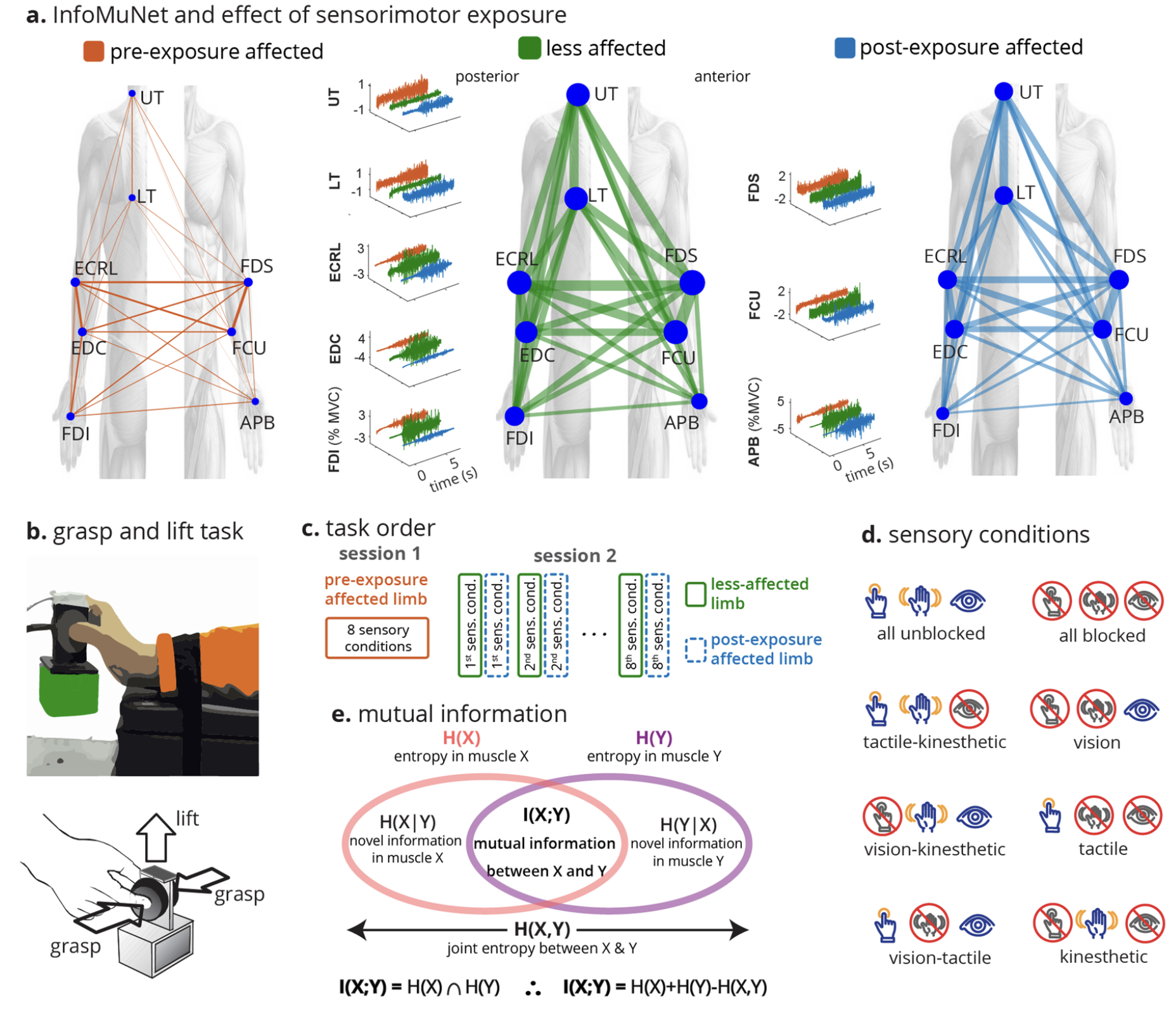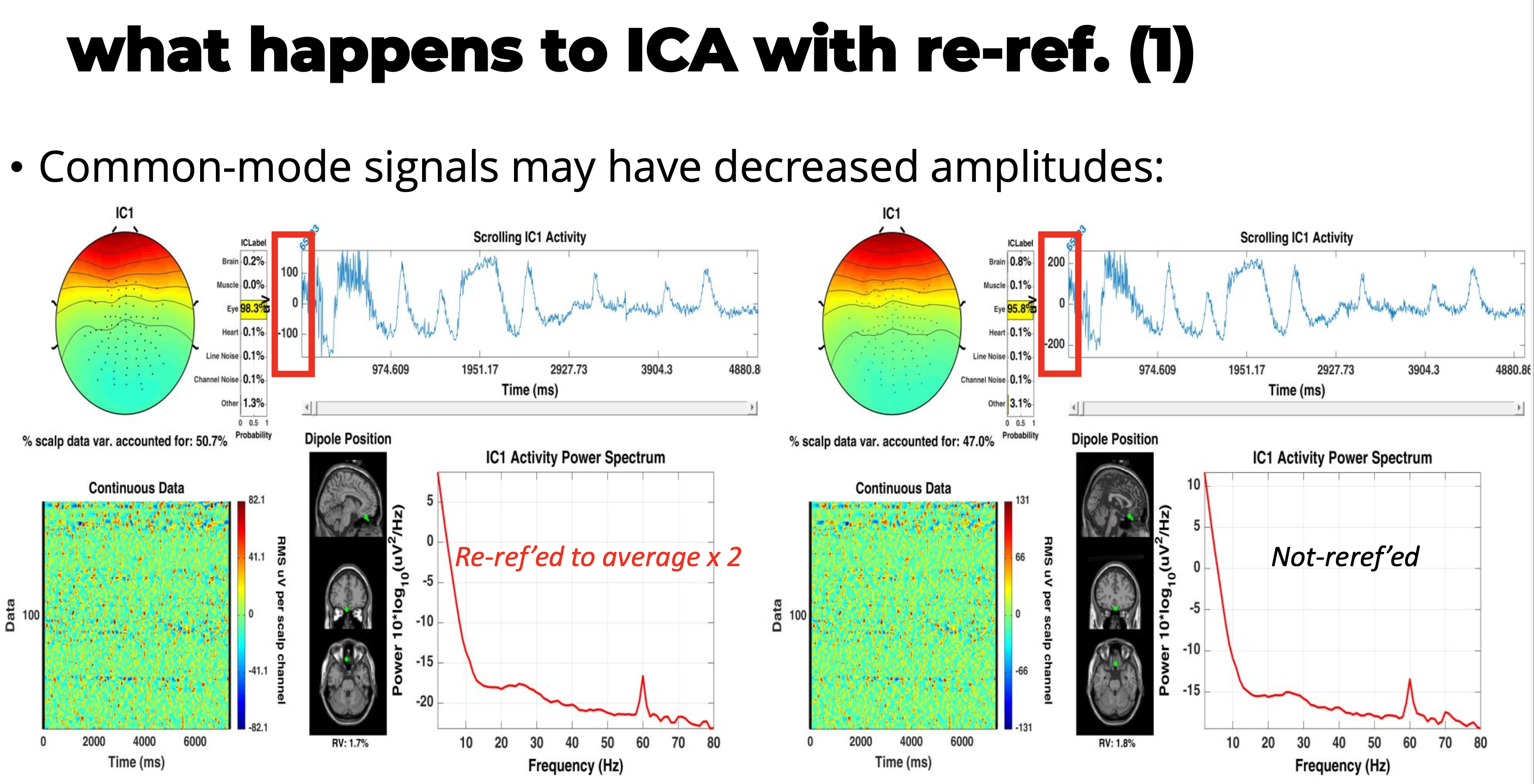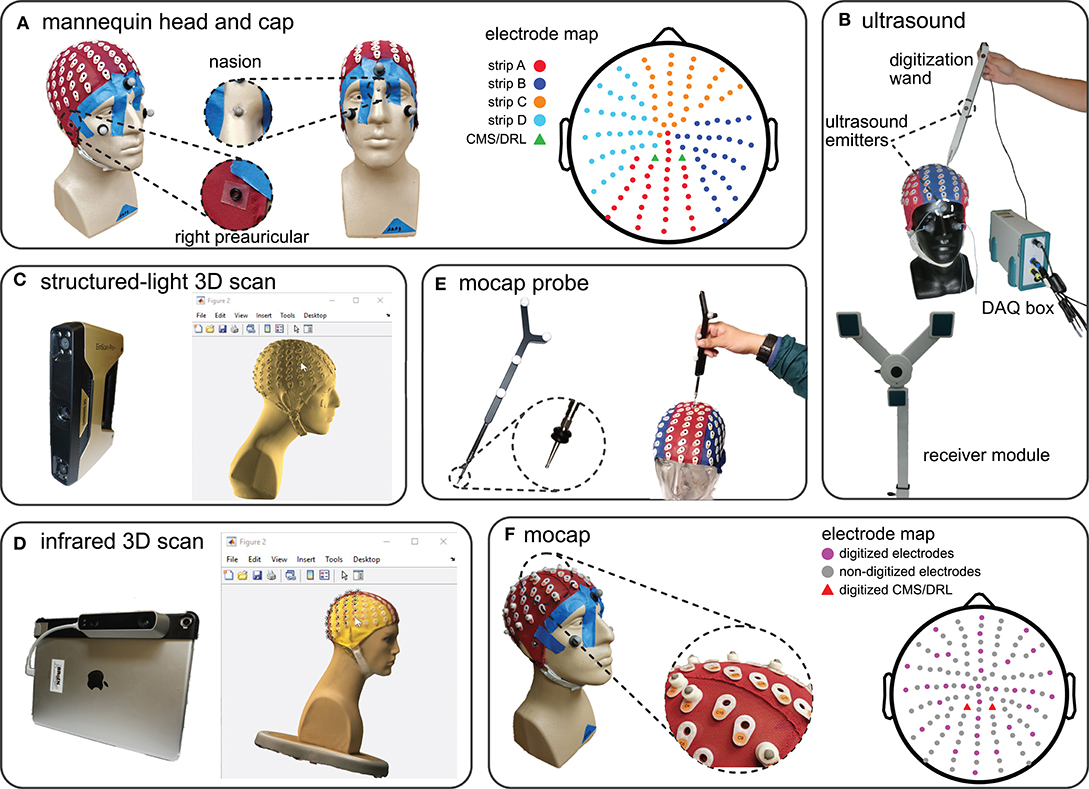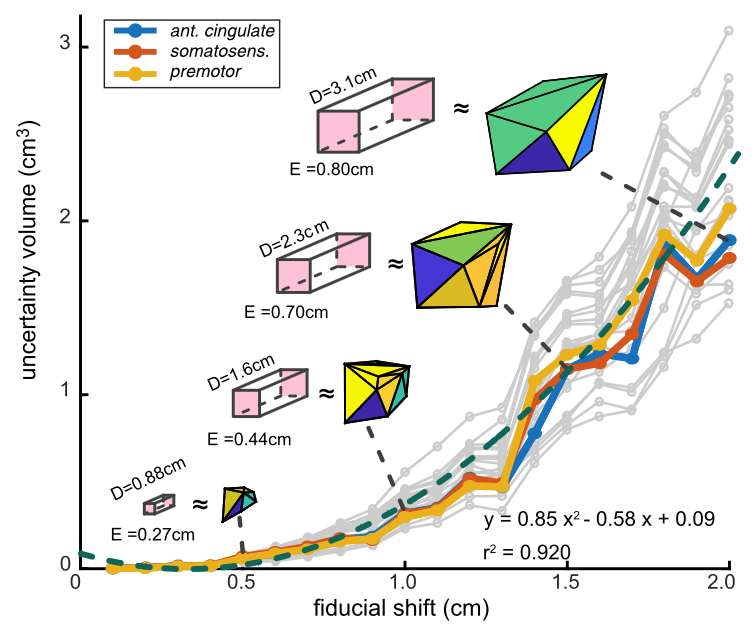
Simulating Scalp EEG from Ultrahigh-Density ECoG Data Illustrates Cortex to Scalp Projection Patterns
Using 1024-electrode ultrahigh-density electrocorticography (μECoG) data as ground truth, this study demonstrates that cortical activity from a small 3×3 cm patch projects broadly across the entire scalp surface, not just to nearby EEG electrodes. By applying ICA decomposition and forward-projecting through a high-definition head model, we show that scalp EEG channels reflect complex mixtures of distributed cortical sources rather than primarily local activity. These findings challenge conventional channel-level EEG interpretation approaches and underscore the critical importance of source-level analysis methods for accurate understanding of brain electrical activity.




